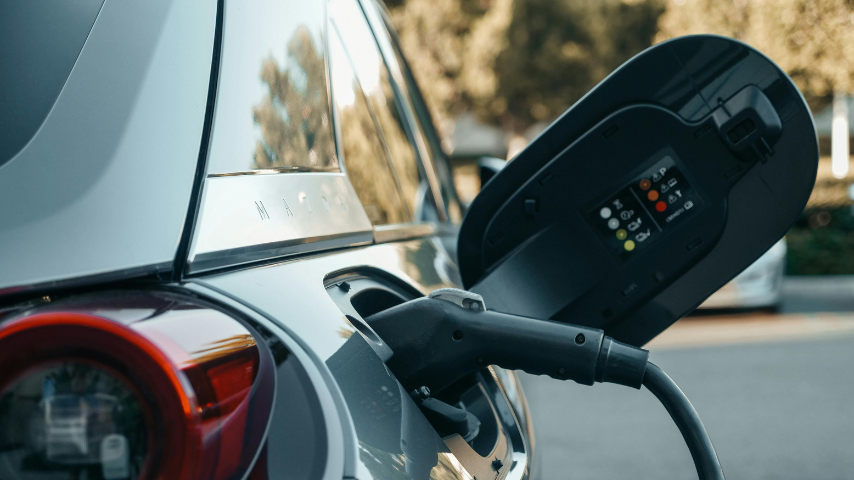Battery-Powered EVs Now Match Gas Cars in Lifespan
Battery-Powered EVs Now Match Gas Cars in Lifespan


New research finds battery-electric vehicles rival gas cars in lifespan and mileage. Implications go beyond the initial purchase decision.
A vehicle is a major purchase not only for individuals but also for businesses and many other organizations. The choice between battery-powered electric or internal combustion engine vehicles may have gotten a little easier, or at least a little clearer, thanks to newly published research from a team of global economists that says the two options are on now par.
Today’s BEVs are just as reliable and long-lasting as those with fuel-burning engines, averaging a lifespan of 18.4 years─about the same as an average petrol vehicle─while their overall lifetime mileage average of 124,000 miles surpasses that of petrol-powered vehicles by more than 8000 miles. The study provides new insights into the improvements in BEV technology and impacts on total cost of ownership (TCO).
“Our perspective was none of this science and engineering matters if you can't get the price or the economics right,” said Robert Elliot, professor and director of research in the economics department at the University of Birmingham and one of the study’s authors.
The researchers analyzed nearly 300 million UK Ministry of Transport (MOT) test records to compare vehicle longevity and survival rates of the different powertrains found in BEVs and internal combustion engines. The freely anonymized MOT test data includes odometer readings, cylinder capacity, and test location (temperature can affect battery performance).
The research suggests the rapid evolution of BEV technology could result in the latest generation of BEVs outlasting their internal combustion engine vehicles (ICEVs) cohorts. The results are important not only to the automotive industry, fleet managers, and individuals considering their next car purchase, but to better understand the impacts related to battery materials, manufacturing, recycling, and end-of-life planning.
Most new electric vehicle batteries come with warranties of eight years and 100,000 miles, and the extended lifespan of BEVs may require battery replacements. Some manufacturers claim their batteries will outlive the vehicle itself. An analysis of more than 10,000 EVs by Geotab, a fleet management company, suggests most EV batteries will outlast the life of the vehicles they power.
And as the sales of electric vehicles continues to grow, “there's going to be mountains of batteries,” Elliot said. The research suggests the creation of a circular economy that effectively incorporates battery recycling and/or second-life applications could play a key role in mitigating the increase in battery manufacturing and demand for their materials.
“We came across as economists because none of this recycling, if it's not economic, none of it's going to happen,” Elliot added. Extraction costs, overall availability, and global political forces can all have significant downstream effects on manufacturing and recycling.
Most EV battery materials include a chemical concoction of lithium-ion, cobalt, nickel, manganese, and silicon that each manufacturer tries to tweak for the best performance. Lithium is plentiful, but cobalt is much more problematic. By far, the leading producer of cobalt is The Democratic Republic of Congo, which is in the middle of a civil war and has been accused of exploiting child labor in its mining operations.
Elliot shared that battery manufacturers are looking to develop battery technologies that don't require cobalt. The high demand for nickel is primarily met by Indonesia, though the Philippines, Canada, and France are also among the world’s top producers, which also plays into the equation.
“If the prices fall on nickel, then the miners aren't mining it,” Elliot said. “It’s all economics underpinning all of this.”
Another factor complicating battery recycling and end of life planning is that the batteries aren’t designed for recycling. Breaking them down can be difficult, not to mention the fire and explosion danger in storing or transporting them. “You can't just stick them on ships and export them all over the place,” he said. “We have to recycle them somehow.”
Elliot said engineers working on these solutions can look to economists to help them decide which are the most practical and cost-effective, and garner support. “There's increasingly good literature on this cost benefit analysis, and when I work with engineers, that's all they want,” he said.
It’s more than benchmarking or justifying expensive investments in recycling equipment and technology, he explained. There are often broader economic implications revealed in the data that can influence policy. He pointed to China as an example.
“They just kept subsidizing. They’ve got something like 400 different producers of cars. Now maybe 390 of them are going to go bust, and you're going to be left with the 10 winners, so, it's survival of the fittest,” Elliot said. It’s possible to follow the same approach with battery recycling.
“We should promote and subsidize a recycling industry because that's how you learn, and that's how technology improves, and then you become a world leader in that recycling.”
Nancy Kristof is a technology writer in Denver, Colo.


